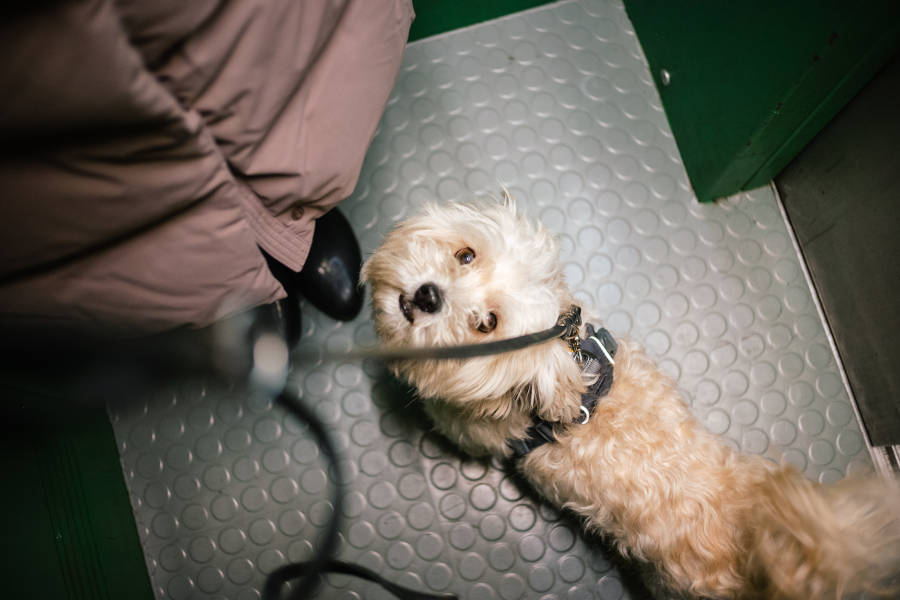
Our IP team presents the case of an influencer who sued the fashion company MAJE for infringement of her copyright, as well as for acts of unfair and parasitic competition.
Article L. 112-1 of the French Intellectual Property Code states that “The provisions of this code protect the rights of authors in all works of the mind, whatever their genre, form of expression, merit or purpose”.
This article establishes the principle of indifference of form, reminding us that the law does not allow judges to base their decision on the form of expression chosen by an author to deny him or her the benefit of copyright protection.
Copyright can protect a wide variety of creations, provided they are formalized (perceptible) and original. Originality is defined by jurisprudence as the imprint of the author’s personality, which generally results from the expression or combination of his or her creative and arbitrary choices.
To illustrate this principle, we present the case of an influencer who sued the fashion company MAJE for infringement of her copyright, as well as for acts of unfair and parasitic competition.
In this case, she considered that her daily ritual of taking a selfie in an elevator shaft with her dog was original.
She criticized the MAJE company for launching an advertising campaign entitled “Maje, my dog and I”, which she considered to be a repeat of visuals reproducing the combination of the claimed characteristics of her “ritual”.
Although the Paris Court of First Instance dismissed the claim for copyright infringement, it nonetheless upheld the claim for parasitic acts, given the ‘numerous similarities between the two conflicting visuals’.
In a ruling dated May 12, 2023, the Paris Court of Appeal dismissed the influencer’s claims in their entirety.
On the ground of copyright,
Here, the influencer came up against the difficulty of defining and clarifying the contours of the originality of her work. The Court recalls that “only the author is in a position to identify the elements that reflect his personality and justify his monopoly”.
In this case, the mere concept of a selfie taken in an elevator shaft with her dog could not be protected by copyright.
The influencer had to define this essential criterion of originality by referring to a single snapshot in particular, a “story” accessible temporarily (24 hours) and recorded by a bailiff.
The influencer argued that the originality of this shot stemmed from the combination of the following artistic choices:
– the choice of setting, a silver-clad elevator shaft lit by artificial light rather than an outdoor location with natural light;
– the choice of subject, i.e. photographing herself with a telephone instead of hiring a professional photographer;
– the choice of a particular posture, with her dog’s leash in one hand, her cell phone in the other and her gaze downwards;
– the choice of staging her dog;
– the choice of framing, i.e. opting for a vertical format, allowing a full-length photograph and highlighting her outfit.
The court rejected this argument, finding that the influencer had not explained the reasons behind the choices she claimed to have made. Without further demonstration of these “personal” choices, the Court held that the selfie claimed was “limited to reproducing the artificial lighting of the elevator in which it was taken, without any other intervention”.
In addition, the Court noted, as proven by Société MAJE, that the claimed combination had already been used by numerous influencers before it, some of whom enjoyed “a much wider audience”.
The fact that the combination had become her “daily ritual”, broadcast in the form of an Instagram ‘story’ to present the outfits she had chosen to wear, was considered no more relevant than the fact that the combination had become her “daily ritual”, broadcast in the form of an Instagram ‘story’ to present the outfits she had chosen to wear: this “habit” could not characterize originality, nor could the fact that some of her followers thought they recognized her in the MAJE Company’s shots.
In our opinion, the Court’s decision comes as no surprise.
Indeed, in order to assess the originality of a photograph, judges traditionally look to see whether the imprint of the author’s personality is reflected in the combination of choices he or she may have made for the shots, the subject and the moment, the determination of the angle and framing, the preparation of the mise-en-scene, the adjustment of light and lighting, the selection and correction of colors, the type of film used…
However, in the case of a selfie taken with a telephone in an elevator shaft, the spontaneity of such a shot would hardly seem to be reconcilable with these criteria, unless a very particular and specific staging could be justified.
Having dismissed the influencer’s main copyright claim, the court went on to rule on the subsidiary claims based on unfair competition and parasitism.
On the ground of unfair competition,
On this issue, the influencer argued that MAJE’s use of an image resembling her previous photograph was likely to create a risk of confusion between their activities.
The Court also rejected this argument, noting in particular that the use of elements from the “‘My dog and I'” advertisement in the photograph criticized did not constitute unfair behavior on the part of Maje, which was merely following the current trend.
Similarly, the argument that the model in the photograph resembled the influencer was rejected, as the risk of confusion referred to the influencer’s person and not to the services she offers as part of her business.
The ruling also noted the “relative” reputation of the influencer, whom it described as a “micro-influencer” with a limited audience, compared to that of MAJE.
On the ground of parasitic competition,
The Court rejected this argument, holding that the influencer had failed to demonstrate a reputation or individualized economic value in the wake of which Société MAJE had placed itself in order to profit from it.
Acts of parasitism cannot result from the mere similarities between the photographs in question.
If the influencer had been able to prove a particular notoriety and/or singularity justifying that the ritual of taking a selfie in the elevator accompanied by a dog constituted her sign of recognition, then the solution adopted with regard to parasitic competition might have been different.
Consequently, this solution does not exclude, as a matter of principle, any protection for influencer publications.
However, before initiating any legal action, the influencer must provide proof of the originality of his publication (and in particular that the claimed combination of his “artistic” choices is not usual and widespread) and/or of a particular notoriety, justifying in particular an individualized economic value.
* * *
Our team remains at your disposal to support and advise you in your best interests, for any project aimed in particular at respecting your copyright.





